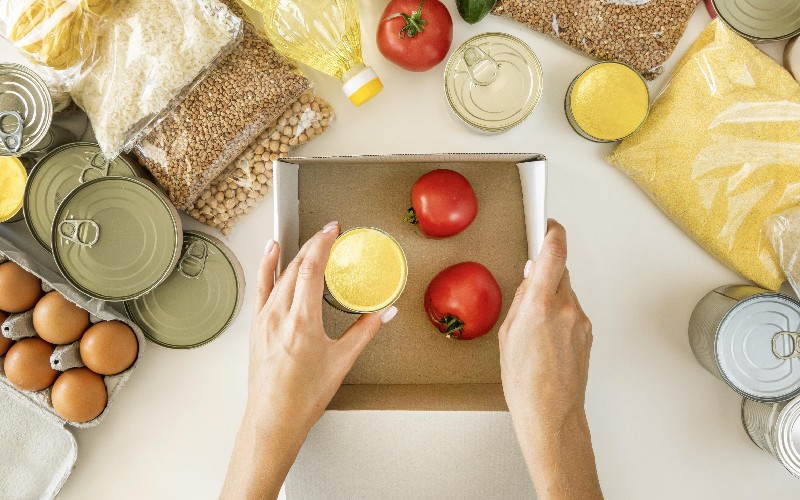Food preservation is done in diverse ways to extend the time in which it is transported, displayed, purchased, and consumed. In the United States, it is an important procedure to guarantee food quality and hygiene in all commercialized products. This especially includes food grade packaging, since it can make the product safer for human consumption (Clayton et al., n.d., FDA, 2023).
These are the minimum packaging requirements in food manufacturing for optimal preservation.
Packaging methods for food preservation
Foods are often preserved by adding ingredients, by heat or cold, or with room temperature, refrigerated, or frozen packaging methods. These last are suitable to preserve fruit-derived products since consumers perceive them as safer and more convenient (Clayton et al., n.d.).
Packaging as a food preservation technique helps maintain smell, texture, and taste quality for longer without affecting the final product. With this technique, it is possible to preserve most of the organoleptic properties of food and guarantee long shelf life. For this, the North American regulations request the packaging minimum requirements established by the FDA (2021) and the FAO (n.d.).
Packaging must be carried out with suitable material
Food and beverage packages can be classified according to the type of material: glass, paper and cardboard, metal, and plastic. For derived-fruit products, a suitable material is used, which is generally plastic. It is a more hygienic material than others, and opting for thermoplastics such as PET is common.
These are characterized by their low-cost production and good mechanical and barrier properties. Nowadays, it is the most used packaging material. For this reason, it replaces, in certain cases, other materials such as glass, metal, paper, or cardboard.
Food preservation must be carried out in labeled packaging
Product packaging must meet the General Standard for the Labelling of Prepackaged Foods (CODEX CXS 1-1985). It includes the following provisions for food preservation:
- Product name according to the type of food or raw material to be packaged.
- Product information such as use description or preparation, risk warning, ingredient list, nutritional facts, etc.
- For packaging intended for retail sale, the lot of number, manufacturer name and address are included.
- Storage instructions that establish the capacity to be stacked and transported.
- Protection instructions against deterioration, leakage, breakage, blows, vibration, compression, temperature, etc.
- Types of transportation that indicate the ease and safety of moving products. From the manufacturer to the storehouse and store (tertiary packaging) and consumer (primary packaging).
- Information for product entry into the US market, such as origin, destination, reference, and other regulations required by the FDA.
Packaging is a food preservation method that gives products a long life. It is of vital importance in its commercialization within the US market. It is an important part of food production that improves the final presentation of the product. In addition, it enables more hygienic transportation and storage, ensuring the quality of products.
Bibliographic
- Clayton, K., Bush, D. & Keener, K. (n.d.). Food preservation methods. Pardue University.
- FAO. (n.d.). The general standard for juices and fruit nectars (codex stan 247-2005).
- FDA. (2023, June 7). Food packaging and other substances that come in contact with food Information for consumers.
- FDA. (2021, January 9). Packaging and food contact substances (FCS).






